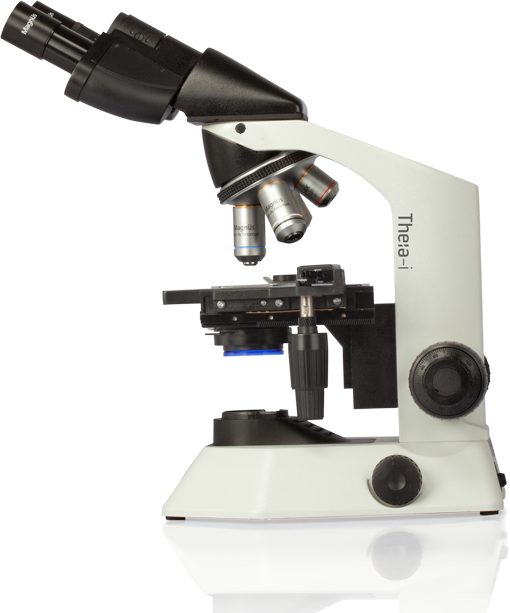Stroke Recovery: Advances and Clinical Implications Leave a comment
Stroke recovery remains a critical area in medicine. Advances in pharmacology and rehabilitation continue to evolve. The integration of novel therapies and drugs offers new hope. As research progresses, clinical implications arise, influencing treatment protocols. This article explores these advances.
Tuaminoheptane in Stroke Rehabilitation
Tuaminoheptane holds potential in stroke recovery. Traditionally used as a nasal decongestant, its properties extend beyond. Recent studies show promise in neuromodulation. It acts as a vasoconstrictor, potentially enhancing cerebral blood flow. This mechanism may support neural repair post-stroke.
Current trials investigate its efficacy in combination therapies. Neuroplasticity enhancement appears feasible with tuaminoheptane. It could become an adjunct in stroke rehabilitation. Physicians may soon incorporate it into standard care practices.
Challenges remain in dosage regulation. Overuse risks outweigh benefits. Careful monitoring ensures therapeutic windows are maintained. Clinical trials aim to establish safe protocols.
Miconazole Buccal Tablets: Emerging Potential
Miconazole buccal tablets primarily target fungal infections. New findings suggest off-label benefits. Antifungal properties may indirectly support post-stroke recovery. Reduction in infection risk is crucial in vulnerable patients.
These tablets may decrease oral pathogens. Indirectly, they safeguard against secondary complications. This is pivotal in maintaining overall health during recovery.
Research into immune modulation continues. Miconazole’s broader applications remain under scrutiny. Its role in comprehensive stroke care may expand with further evidence.
Sports Medicine: A Holistic Approach
Sports medicine principles offer insight into stroke rehabilitation. Emphasis on physical therapy aligns with athletic training. Muscle reactivation and coordination are central to both fields.
Innovative techniques from sports medicine find application in recovery strategies. Personalized exercise regimes tailored to stroke survivors show improved outcomes. Motivation and adherence to these programs prove critical.
Interdisciplinary collaboration enriches stroke rehabilitation. Sports medicine practitioners contribute valuable expertise. This integrated approach accelerates patient progress.
In conclusion, advancements in stroke recovery reveal promising prospects. Tuaminoheptane, miconazole buccal tablets, and sports medicine offer novel insights. Continued research and clinical trials will refine these applications. The future of stroke recovery is dynamic and evolving.
Information taken from:
- https://www.dynamed.com/
- https://www.elsevier.com/about/open-science/open-access/open-
- https://familydoctor.org/
- https://www.mayoclinic.org/
- https://my.clevelandclinic.org/pro
- https://www.fertstert.org/
- http://cmykmemphis.com/will-blood-pressure-be-higher-when-taking-cialis.pdf
- http://midsouthfuneralpiper.com/levitra-20mg-vs-cialis-20-mg.pdf
- https://www.feminacida.com.ar/cialis-explicado-usos-beneficios-y-efectos-secundarios-del-tadalafilo
- https://embryo.asu.edu/

